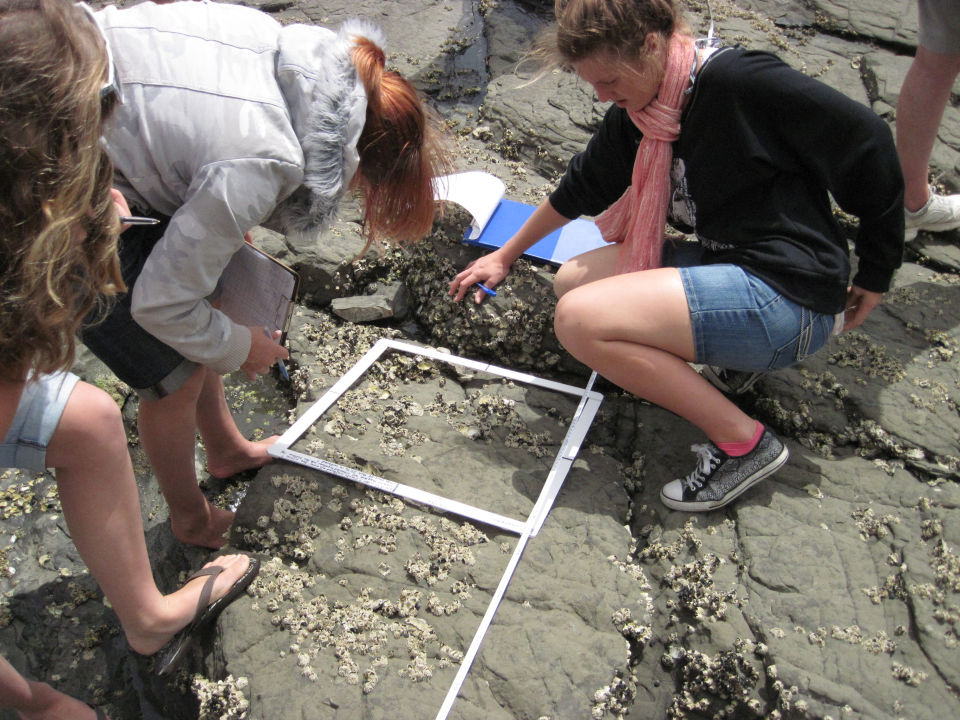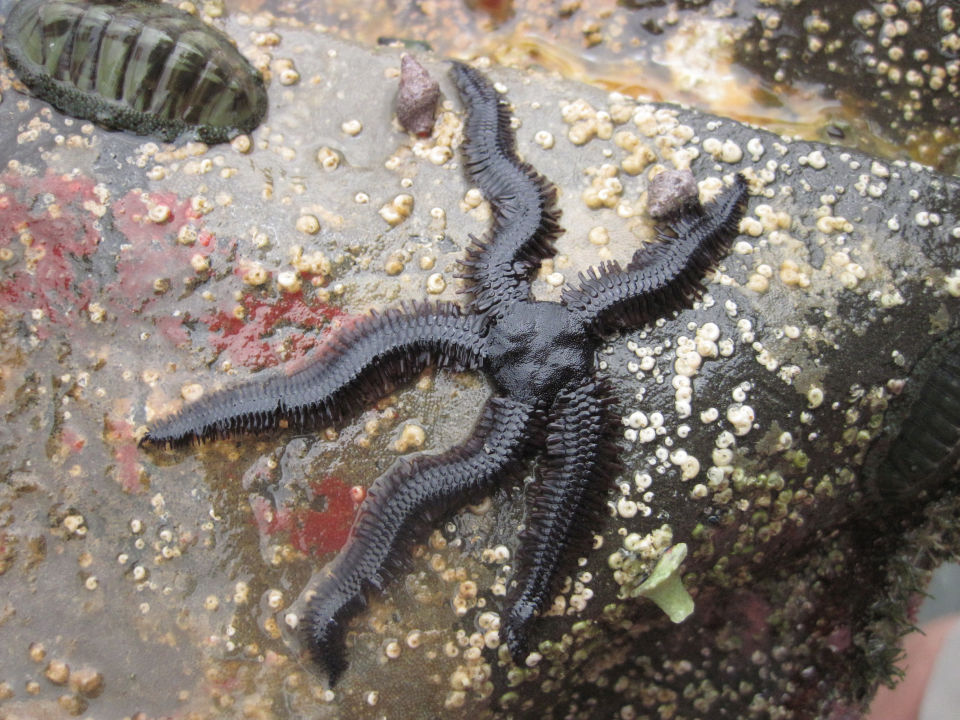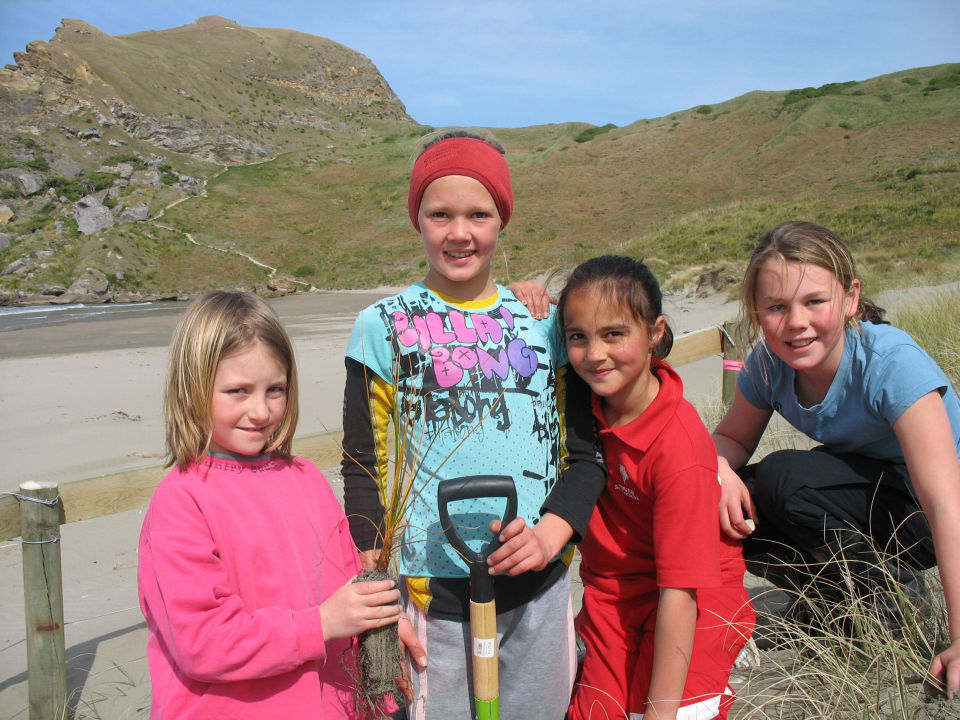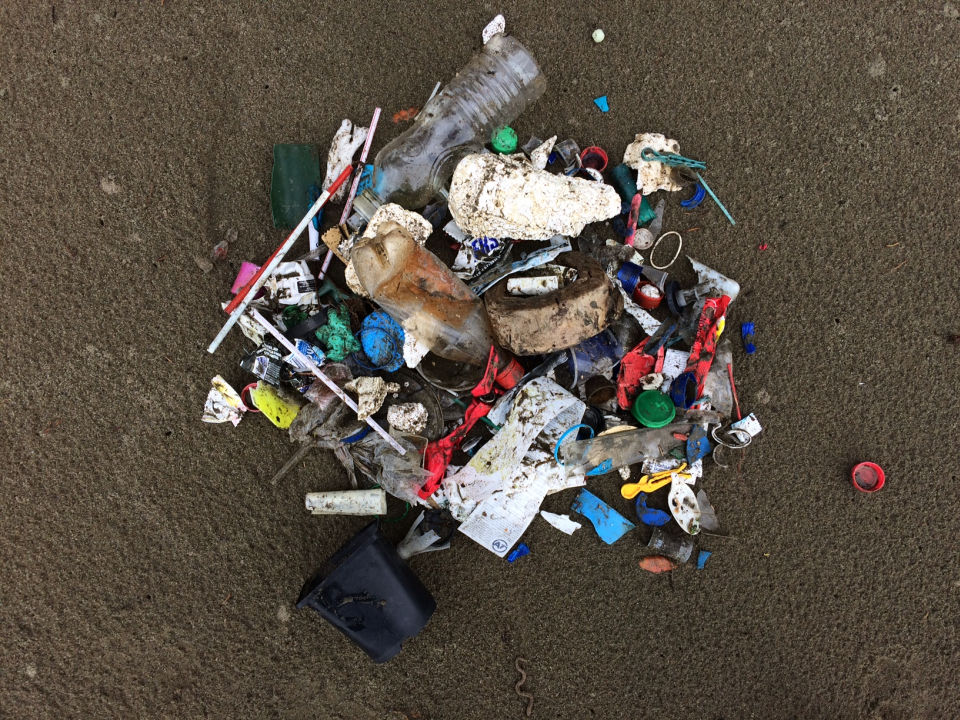What is citizen science?
Citizen science happens with volunteers (the public) and scientists. It includes data collection, monitoring and research. Anyone can take part in citizen science and be a citizen scientist. Citizen science enables you to contribute to New Zealand’s biodiversity knowledge and conservation.
- For citizen science projects suitable for New Zealand primary students see: pond.co.nz/detail/2556231/citizen-science.
Marine Metre Squared
The Marine Metre Squared (Mm2) project is an example of a marine citizen science project in New Zealand. Collecting data about biodiversity in your marine environment is easy with the Marine Metre Squared project. Just go to www.mm2.net.nz. Possibilities for data collection and investigations using Mm2 include:
- Finding out if you have a certain species on your rocky or sandy shore environment. For example, do we have any sea stars in our marine reserve?
- Surveying different areas to see where some marine animals live. For example, where do limpets prefer to live?
- Finding out what the biodiversity is like in your marine environment. For example, how many different species can we find in our marine reserve?
- Monitoring the number of different animals over time. For example, have shellfish numbers increased since the creation of our marine reserve?
- Comparing the numbers of certain species inside and outside a marine reserve. These must be in similar habitat types, e.g. rocky reefs. You may want to investigate a question such as: Are there more large shellfish inside the marine reserve than outside?
iNaturalistNZ
iNaturalistNZ is a well-known citizen science website and information hub. You can record observations on the inaturalist.nz website. This enables you to share information with science communities. There is also an iNaturalist app. You will need to register at inaturalist.nz/signup before uploading observations.
What else could you investigate in a marine reserve?
Dune plant survey: Survey the dune plants in your marine reserve and see if you can identify them.
- See page 9 of the DOC Habitat Heroes: Explore your local marine environment resource for instructions - www.doc.govt.nz/habitat-heroes-marine-resource.
Litter survey to explore human impacts in your marine reserve.
- See page 10 of the DOC Habitat Heroes: Explore your local marine environment resource page 10 for instructions - www.doc.govt.nz/habitat-heroes-marine-resource.
- Survey sheets and guidance for beach clean-ups and litter audits are available from Love Your Coast/Sustainable Coastlines at www.loveyourcoast.org.nz/learn.
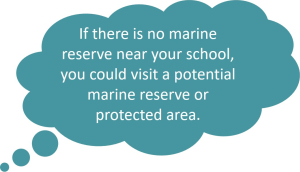
- Ready for a quiz? Try the Citizen Science at Marine Reserves activity.

